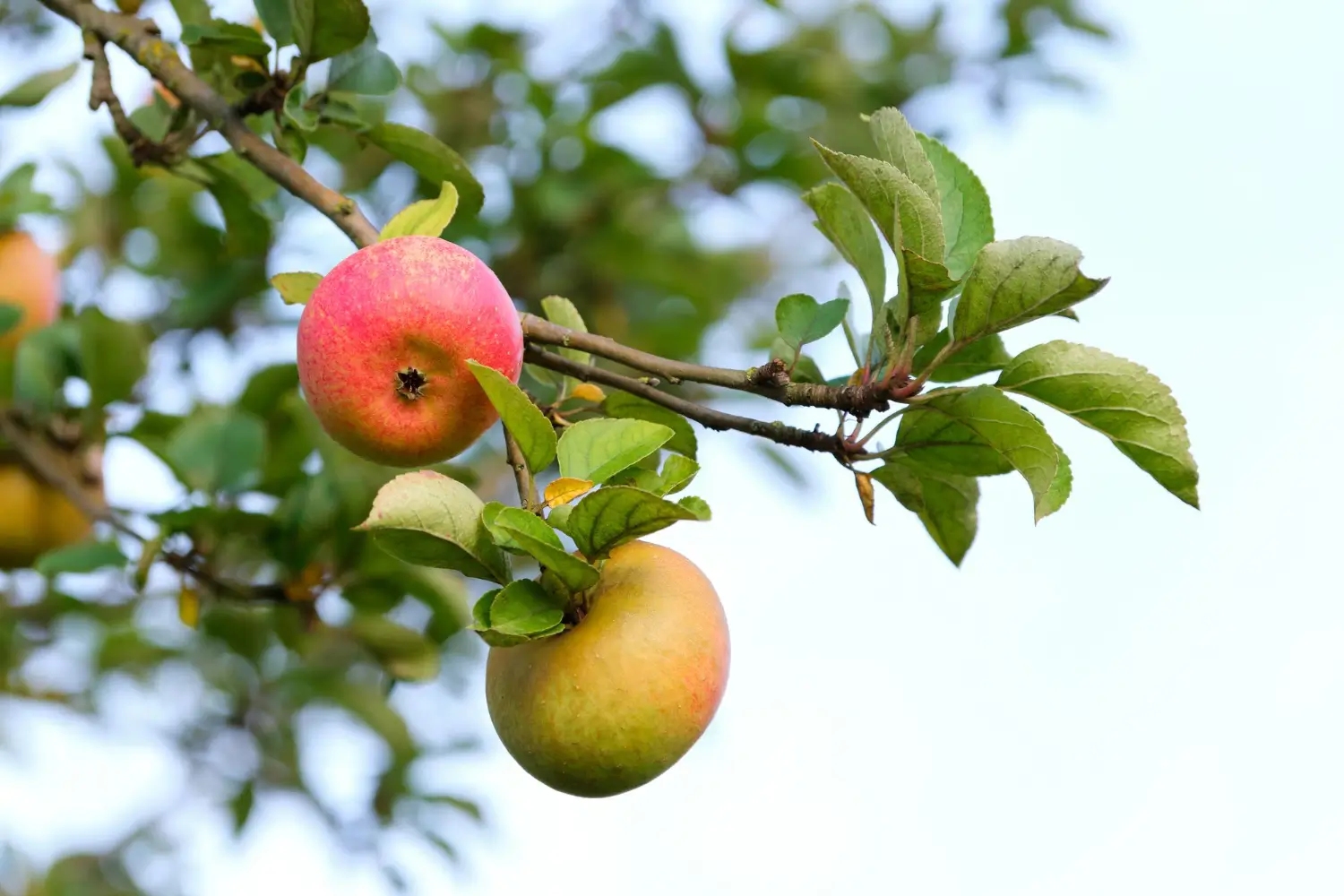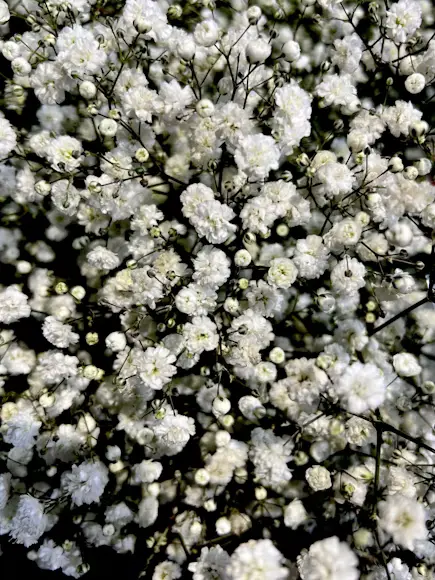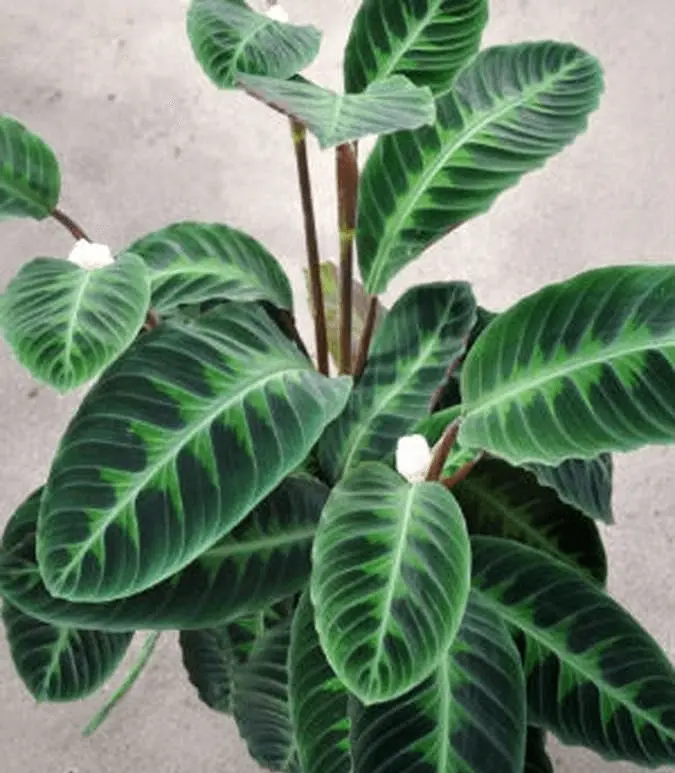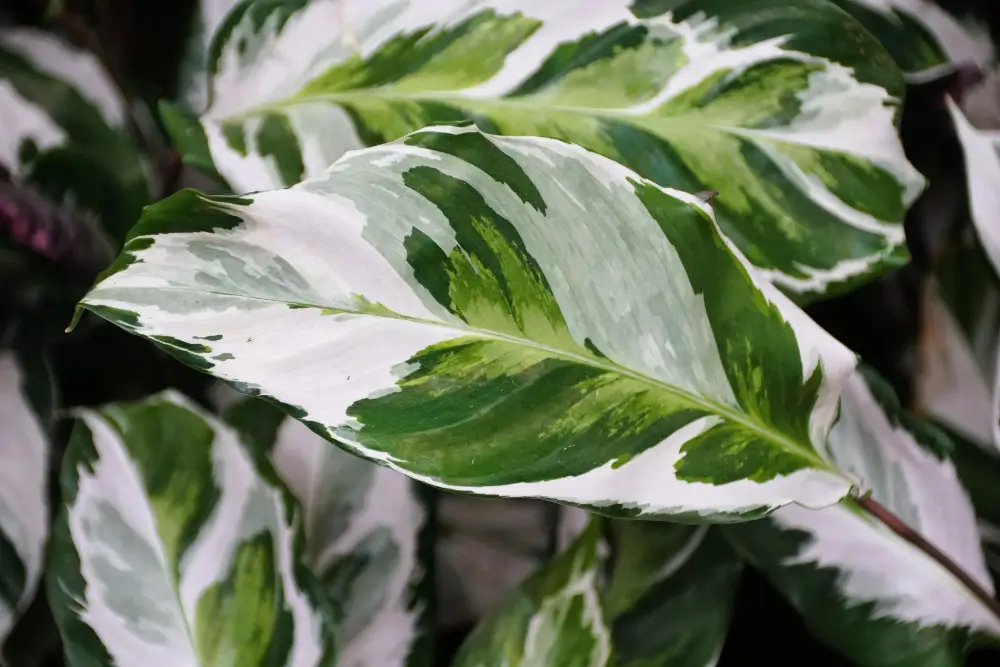
Soil Health & Fertilization
We unite suppliers and green industry professionals worldwide
For those who adore crispy, refreshing apples but can’t wait until fall, the Early Harvest Apple Tree is going to be your new best friend.
By Victor Miller
|Published on June 15, 2025


An Apple a Day… But Why Wait All Year?
They say patience is a virtue, but for apples, who has time for that? For those who adore crispy, refreshing apples but can’t wait until fall, the Early Harvest Apple Tree is going to be your new best friend. This tree is among the earliest ripeners, producing juicy, golden apples as early as July. Think of biting into a homegrown apple while summer’s still in full swing, no need for sweater weather!
But quickness isn’t its sole strength. This tree is also a dependable producer of sweet-tart apples, ideal for fresh eating, baking and homemade applesauce. If you want an apple tree with high-quality fruit and high yield earlier, the Early Harvest Apple Tree is best choice.
The tree is cold-hardy, disease-resistant and low-maintenance, and so an excellent choice for the home gardener and small orchards. If you want an apple tree that provides quick, bountiful and low-maintenance harvests, the Early Harvest Apple Tree is an ideal choice.
| Botanical Name | Malus domestica ‘Early Harvest’ |
| Type | Deciduous fruit tree |
| Fruit Size | Mid (6.3-7.5 centimeters) |
| Days to Maturity | Mid-to-late summer (June — July in warmer zones) |
| Height | 10 to 25 feet |
| Hardiness Zones | 3-8 |
| Best for | Fresh eating, baking, applesauce, cider |
| Growth Habit | Requires pruning for shape and airflow |

September 25, 2025
9 minute read
September 24, 2025
9 minute read
September 23, 2025
10 minute read
September 22, 2025
9 minute read


Join as a seller and connect with thousands of B2B buyers nationwide!
Sign Up

Baby Tears
With small, round leaves and its vibrant, low-growing form, Baby Tears plant has become a favorite of both gardeners and houseplant fans alike. It forms a mat of tiny, soft-leaved, delicate greenery that will cover the ground and spill over containers wit

Baby’s Breath
If there was one flower that signifies elegance and simplicity, it’s Baby’s Breath (Gypsophila Paniculata). An airy perennial with lovely white or pink flowers, it came to symbolize grace and is now commonly found in bouquets and floral arrangements.

Jungle Velvet Calathea
Calathea warscewiczii, commonly referred to as the Jungle Velvet Calathea is famous for its lush, velvety leaves with a deep green feathered pattern and rich purply-green undersides that seem to glow in soft light.

Calathea White Fusion
Calathea White Fusion is a show stopper with its dramatic foliage featuring creamy white and deep green marbled leaves that brighten up any space. A gorgeous tropical houseplant that originates in South America, this plant is prized for its bold patterns
Low maintenance and adaptable, the Early Harvest Apple Tree grows well in various conditions. When cared for properly, it rewards growers with early, abundant harvests season after season.
This apple tree requires full sun to bear its best fruit. This means shooting for at least 6-8 hours of full sun per day. Inadequate light can make the tree leggy, or result in fewer apples or weaker branches. Wherever it is planted, make sure it gets full unobstructed sun all day, especially if it’s near buildings or other larger trees.
It grows best in rich, well-draining soil that has a pH between 5.8 and 6.3. It will not tolerate heavy clay or overly wet soil that can lead to root rot. If soil is too compacted, incorporate organic matter, sand or compost to increase drainage. Apply mulch around the base to help retain moisture (water your plant well first) and keep weeds out.
Watering is particularly important for young trees. Newly planted apple trees should be watered deeply once or twice a week, ensuring the soil stays evenly moist but not soggy. Mature trees are more resistant to drought, but still appreciate deep watering during drought periods. Do not overhead water because this can lead to fungal diseases. Instead, use soaker hose or drip irrigation at the base.
Regular pruning is important for the health and shape and fruit production of trees.
When to prune: Late winter or early spring before new growth.
Begin by removing any dead, damaged, or unhealthy branches. Then, thin areas that are crowded to allow better air circulation, which helps reduce the threat of fungal diseases like apple scab. Young trees should be pruned for a central leader, or one statistically significant trunk with competing branches pruned. Spaced and structured branches give better exposure to the sun and bigger fruits.
A little annual pruning each year will help keep mature trees productive. Suckers (shoots that grow from the base) and water sprouts (vigorous vertical shoots) are removed so that the tree doesn’t put energy into unnecessary growth and can focus its energy on producing fruit.
The Early Harvest Apple Tree is typically propagated through grafting, as apple trees grown from seed rarely produce fruit true to the parent plant. However, it can be repropagated via cuttings or budding techniques.
If you want to experiment, sometimes you can use air-layering or rooting cuttings, although this tends to have a lower success rate than grafting. Whatever the method, propagating apple trees takes years, and you may wait quite a while before a new tree bears fruit.
Just have a small area, and an Early Harvest Apple Tree will do well in a large container. Make sure the pot is a minimum of 18-24 inches wide and deep to accommodate root growth.
Use a well-draining potting mix and position the container in a full-sun spot. Potted trees dry out quicker, so check soil moisture frequently and water as needed. While apple trees in the ground can also generally benefit from annual pruning, it is more critical in container-grown apple trees; it keeps the apple trees to a manageable size. In the spring, feed them with a balanced fruit tree fertilizer to promote healthy growth and fruiting.
Early Harvest Apple Trees can survive harsh winters in cold climates, but young trees do well with added protection. Insulate the roots with mulch around the base made from straw or wood chips. You can prevent sunscald and damage from rodents by wrapping the trunk with tree guards or burlap.
If planting in a container, move pots to an unheated garage or basement in winter to protect roots from freezing conditions. If left outside, insulate the pot and do not set it directly on concrete, which can exacerbate cold contact.
This variety of apple tree is one of the earliest to flower, developing fragrant white flowers in early spring to attract bees and other pollinators. It is partially self-pollinating and can set fruit on its own, but will greatly increase its fruit production when another apple tree is planted in the vicinity — varieties like Gala, Granny Smith and Red Delicious.
Once pollinized, the tree grows fruit very quickly (with apples maturing as quickly as June or July depending on your climate). Picking properly is crucial— apples must be firm, slightly yellow and come off the branch easily with a twist. If left on the tree too long, they can overripen and turn mealy.
As with all apple trees, Early Harvest may suffer from pests and diseases. Common problems include:
A well cared and regularly observed tree will be a healthier tree and produce a more abundant harvest.
No home orchard will be complete without the Early Harvest Apple Tree, with its early fruiting, large cropping and beautiful flavours. Whether you grow it in the ground or a container, this tree will dote on you with seasons of crisp, homegrown apples, weeks ahead of the rest.
With proper care, reaches 1 to 2 feet a year and is fully mature in 3 to 5 years.
It is partially self-pollinating, but planting another apple variety nearby can increase the fruit yield.
They ripen mid-to-late summer (June-July in warmer regions, July-August in cooler zones).
Yes! A dwarf variety (8-10 feet tall) is perfect for small spaces or even large containers.
Absolutely! Their mildly tart flavor is excellent for pies, crisps and applesauce.

Soil Health & Fertilization
Victor Miller

Pest Identification & Prevention
Victor Miller

Lawn Care Tips & Maintenance
Victor Miller

Soil Health & Fertilization
Victor Miller

Smart Irrigation Systems
Victor Miller

Patios, Walkways & Driveways
Victor Miller

Soil Health & Fertilization
Victor Miller

Pest Identification & Prevention
Victor Miller
My Account
Our team is always here to help.
We are open Monday - Friday, 9:00 AM to 4:30 PM PST.